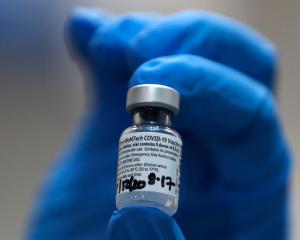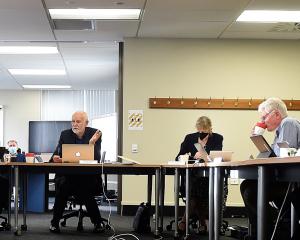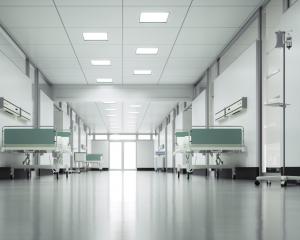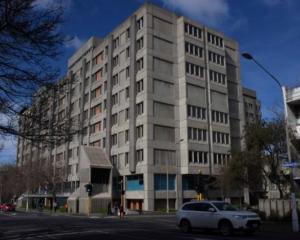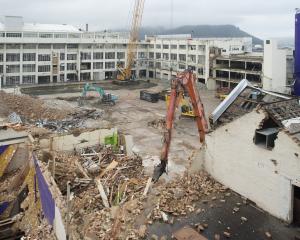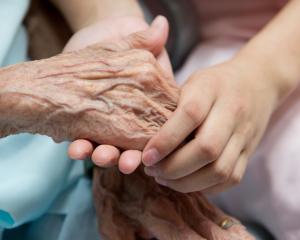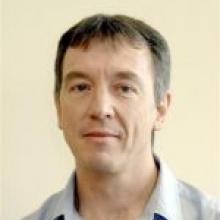
A patient in a life-or-death condition would be stabilised, then transferred to another hospital, as happens now, under the proposal.
Chief executive Brian Rousseau yesterday unveiled the Southern DHB's answer to the "overwhelming demand" at the hospital's emergency department at a press conference at the St John Wakatipu rooms.
A 2009 review for the DHB found most emergency department attendees could have been safely and effectively treated by Gps. Of those people presenting for emergency treatment, 73% were Queenstown residents.
The proposal could begin on July 1, pending approvals. It could cut the number of medical staff required at the hospital by two full-time medical officers.
The initiative would save $500,000, "a very small way" to improve the hospital's expected deficit of $15 million this year.
When asked if the proposed change in the emergency department would put lives at risk, Mr Rousseau said any model the DHB planned had to be safe, "but we've got to accept patients today walk into GP practices all round the country and are referred to hospitals. Equally, patients can walk into emergency departments, many of whom can be treated in primary care quite safely."
Mr Rousseau said nobody should not be able to see a doctor because of a lack of money. The proposal would save $500,000 on an ongoing basis, part of which could be applied to people who could not afford to see a GP, although how people could access the financial assistance was still to be worked out with GPs and hospital doctors, Mr Rousseau said.
The proposal has also been distributed to all other DHB staff and relevant stakeholders throughout Central Otago and the wider Southern DHB region.
The plan was part of the DHB's plans for an "integrated family health centre", which could take 18 to 24 months to develop. The centre would be a public "one-stop shop" to access health services, including GPs, walk-in clinics, nurse-led clinics, diagnostics, pharmacists, physiotherapists, occupational therapists and other health providers supported by a hospital service to cater for the most urgent of hospital care.
Mr Rousseau said an integrated family health centre was better than the health service available, because it was more financially and clinically sustainable, healthcare providers worked together and it was more convenient for patients to go to one centre.
GPs had been advocating for the integrated health centre model for a while, he said.
The model, which had been around for 20 years, was used internationally and was in operation in Dunstan. It was to be established in Wanaka and would work for Queenstown in the foreseeable future, he said.
The health centre idea did not rely on a private hospital being built in Remarkables Park, he said.
"The question a number of people have asked me in the past is: `Does this mean the hospital closes?' My answer to that is no; this means an integrated family health centre opens, which will have functions of a hospital as part of the total activity."

